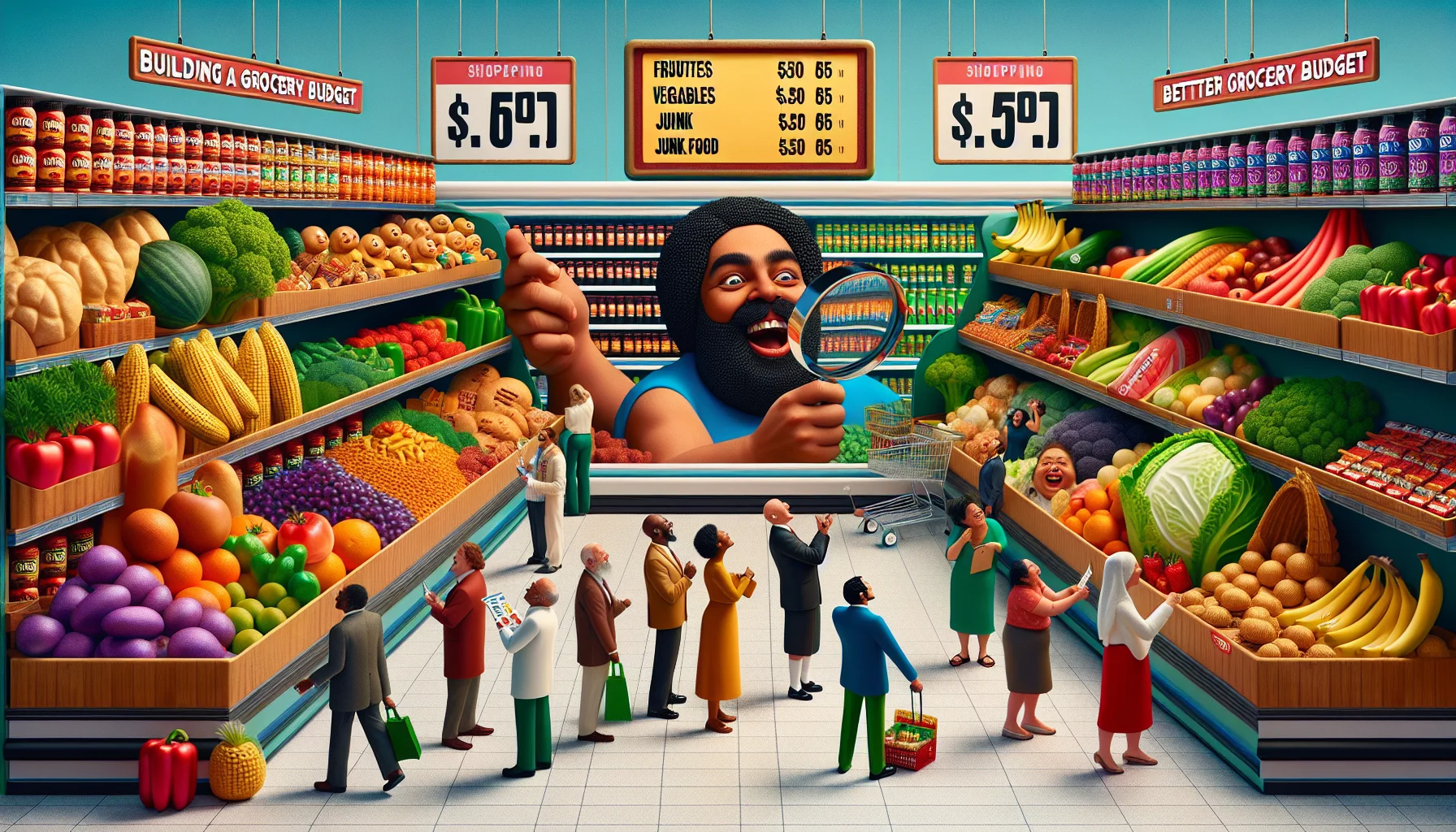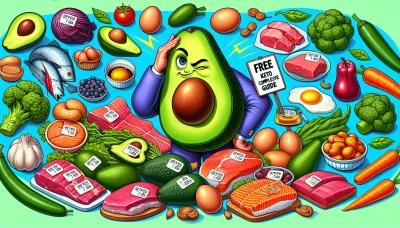Building a Better Grocery Budget Quiz
Test Your Knowledge
Question of
Building a Better Grocery Budget
Creating a structured grocery budget is a crucial step towards maintaining a healthy eating lifestyle. It not only helps in managing finances effectively but also ensures that you can afford nutritious foods within your means. A well-planned grocery budget encourages smart shopping habits, preventing impulse purchases and reducing waste. By focusing on essential and healthful ingredients, individuals can make informed choices that support their dietary needs without overspending. Therefore, investing time in building a better grocery budget is indispensable for anyone looking to eat healthily and save money simultaneously.
Understanding Your Current Spending
To track and analyze your current grocery spending, start by collecting all your receipts from grocery shopping over the past month. Categorize each item purchased into groups such as fruits, vegetables, meats, dairy, and pantry staples. This will help you identify where most of your money is going. Next, compare your spending to your budget, if you have one, to see where you might be overspending. Consider using a spreadsheet or a budgeting app to keep track of your expenses over time. This will give you a clearer picture of your spending habits and help you make informed decisions about where you can cut back or where you might need to allocate more funds.
Planning Your Meals
Meal planning is a powerful tool that can help you manage your budget and eat healthier. By deciding in advance what you're going to eat, you can avoid impulsive purchases that often lead to overspending and unhealthy eating choices. Planning your meals allows you to control your portions, ensure a balanced diet, and minimize food waste by buying only what you need.
- Start by assessing what ingredients you already have to minimize waste and save money.
- Create a meal plan for the week before you go shopping to avoid buying unnecessary items.
- Include a variety of foods in your plan to ensure a balanced diet.
- Batch cook meals and use leftovers creatively to save time and resources.
- Be flexible with your plan to accommodate unexpected changes or special offers.
Smart Shopping Strategies
When it comes to saving money while grocery shopping, several strategies can help stretch your dollar further. First, opting for seasonal produce not only ensures you're getting fruits and vegetables at their peak flavor but also often at their lowest prices. Retailers are more likely to offer deals on produce that's in abundance. Additionally, taking the time to compare prices between different stores and brands can lead to significant savings. Prices can vary widely, so look for the best deals and consider store brands, which are typically less expensive. Lastly, using coupons wisely can lead to substantial savings. Keep an eye out for coupons in store flyers, on store websites, and through apps. However, be sure to use coupons only for items you were already planning to buy to avoid unnecessary purchases. By implementing these strategies, you can make your grocery budget go further.
Buying in Bulk vs. Buying on Sale
When it comes to maintaining a healthy and budget-friendly grocery list, shoppers often find themselves torn between buying in bulk and buying items on sale. Each approach has its own set of advantages and disadvantages. Buying in bulk can lead to significant savings on a per-unit basis, making it an attractive option for non-perishable items or products that you use frequently. It also reduces the frequency of shopping trips, saving time and potentially reducing impulse purchases. However, the initial cost is higher, storage can be a challenge, and there's a risk of waste if products expire before they're used.
On the other hand, buying items on sale can offer immediate savings and the opportunity to try new products at a lower cost. It's a great way to stock up on perishable items like fruits and vegetables when they are in season or when there's a promotion. However, sales can sometimes encourage the purchase of unnecessary items, leading to overspending and potential waste. Additionally, relying solely on sales can make budgeting unpredictable and may not always align with your grocery list needs.
In conclusion, both strategies have their place in a savvy shopper's toolkit. Balancing the two by purchasing non-perishables and frequently used items in bulk, while taking advantage of sales for perishables and new products, can help maintain a healthy diet without breaking the bank.
Storing and Preserving Food
Properly storing and preserving food is a crucial practice that not only helps in reducing waste but also saves money. By understanding and implementing the right techniques for food storage and preservation, we can extend the shelf life of perishables, maintain nutritional value, and ensure food safety. This approach not only benefits our wallets but also contributes to environmental sustainability by minimizing food wastage.
- Keep your refrigerator and freezer at the optimal temperatures.
- Store fruits and vegetables in separate drawers to prevent ethylene production from affecting sensitive produce.
- Use airtight containers to store leftovers and bulk items.
- Freeze food in portions to avoid thawing more than you need.
- Label and date your frozen foods to keep track of their freshness.
- Learn and apply proper canning techniques for long-term storage of fruits, vegetables, and sauces.
- Utilize vacuum sealing to extend the shelf life of dry goods and perishables.
- Consider dehydrating foods that are in season for long-term storage and snacks.
- Make use of your freezer to preserve baked goods, meats, and cooked meals.
- Regularly rotate your pantry and refrigerator items to use older items first.
Tracking Your Progress
To ensure you're sticking to your grocery budget, it's vital to monitor your spending over time. This can be done through various methods such as keeping receipts and logging purchases in a budgeting app or spreadsheet. By regularly reviewing your spending, you can identify patterns, make necessary adjustments, and celebrate your successes in managing your grocery budget more effectively.
| Month | Spending Before | Spending After |
|---|---|---|
| January | $450 | $400 |
| February | $475 | $425 |
| March | $500 | $350 |
| April | $530 | $380 |
| May | $460 | $420 |












